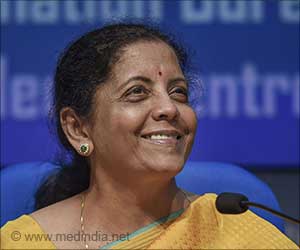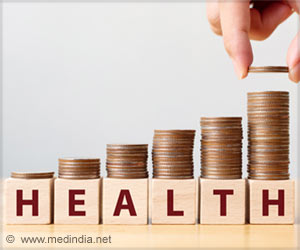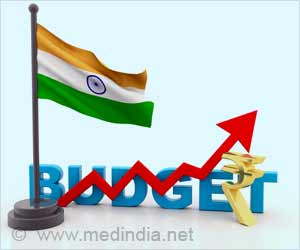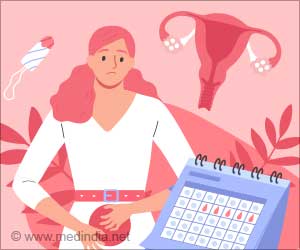- Allocates over 2% for health of the nation
- Setting up of 157 new nursing colleges in collaboration with the existing 157 medical colleges established since 2014
- 16% hike of taxes on cigarettes
- Plan to eliminate sickle-cell anemia by 2047
- A new programme will be set up to promote research in the field of medicine.
- New provisions will be started for innovation in pharma, with new programmes being launched.
- A new course will be launched to provide information for medical devices.
- The number of Indian Council of Medical Research (ICMR) labs will be increased across the country.
- Private investment will increase in the health sector.
Focus on Medical Education & Research
Total allocation for health and family welfare department stood at Rs. 89,155 cr, about 0.34% higher than last year's allocation of Rs. 86,200 cr.Eliminate Sickle Cell Anemia By 2047
Finance Minister Nirmala Sitharaman says mission to eliminate sickle cell anemia by 2047 will be launched. This Budget is the first in Amrit Kaal, Sitharaman added. Sitharaman on Wednesday prioritized medical education and setting up of nursing colleges.Mrs. Sitharaman also announced the establishment of 157 new nursing colleges to improve the nurse-patient ratio. "157 new nursing colleges will be established in co-locations with the existing 157 medical colleges established since 2014," she said.
The Finance Minister added that facilities in select Indian Council of Medical Research (ICMR) laboratories would be made available for research by public and private medical college faculty members and private sector research and development teams to encourage collaborative work.
Mr Munendra Soperna, CIO, Lal Path Labs in a 1-2-1 with MedIndia commented
The Economic Survey 2023 tabled by Union Finance Minister Nirmala Sitharaman in the Parliament on Tuesday showed that the central and state governments' budgeted expenditure in the health sector reached 2.1 percent of the gross domestic product (GDP) in 2022-23. The revised estimate the year before was 2.2 percent of the GDP.
Prof. ND Mathur, Dean, Jaipur School of Economics, JECRC University in an exclusive byte to Medindia, said that the Union budget will give a boost to the health sector and sustainable investment in the health sector is expected in future. ICMR labs reach out will have positive impact definitely, those who opt for Health Insurance and Life Insurance will have great benefit and reduction of custom duty on health equipment is an important feature.
Source-Medindia











